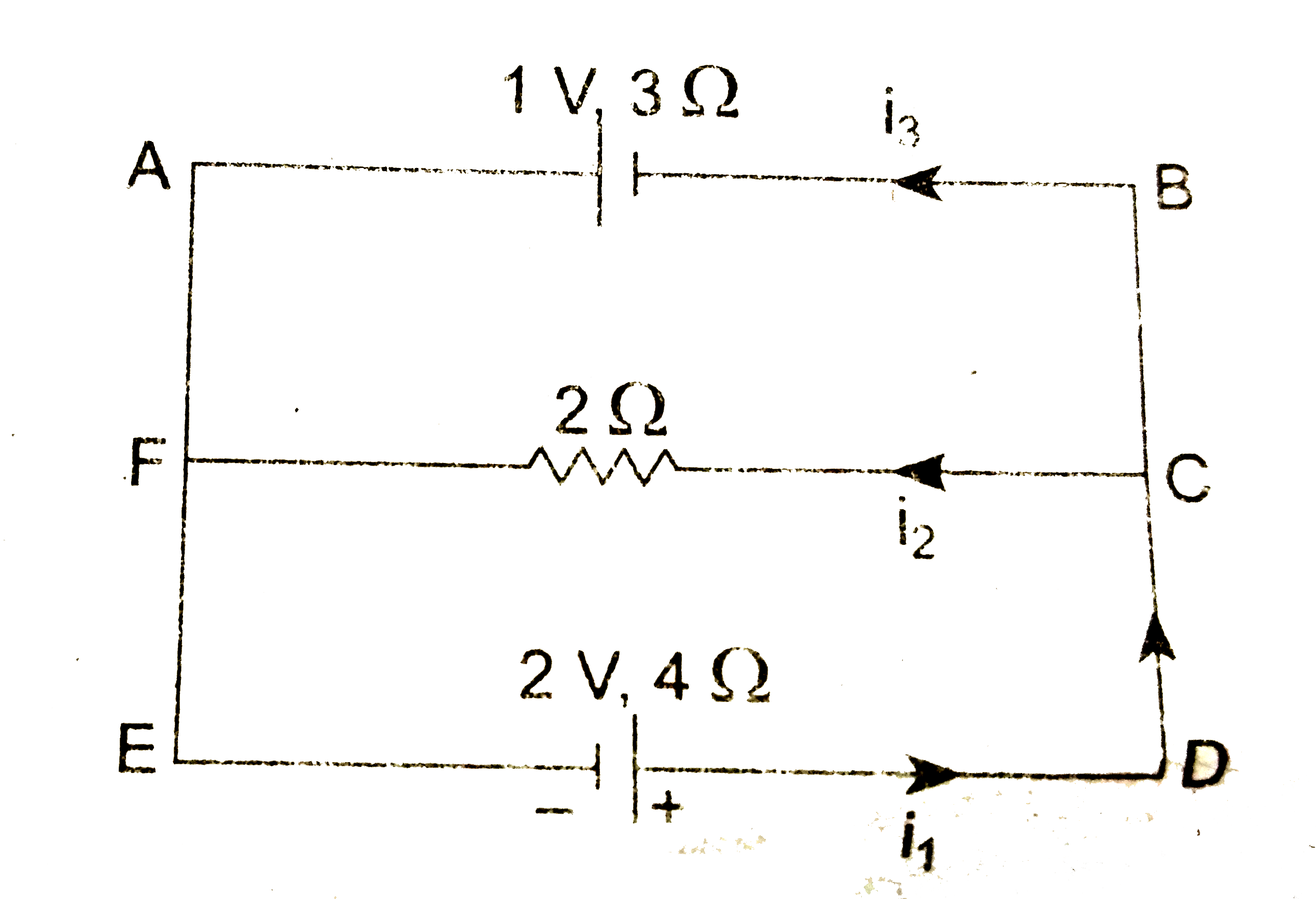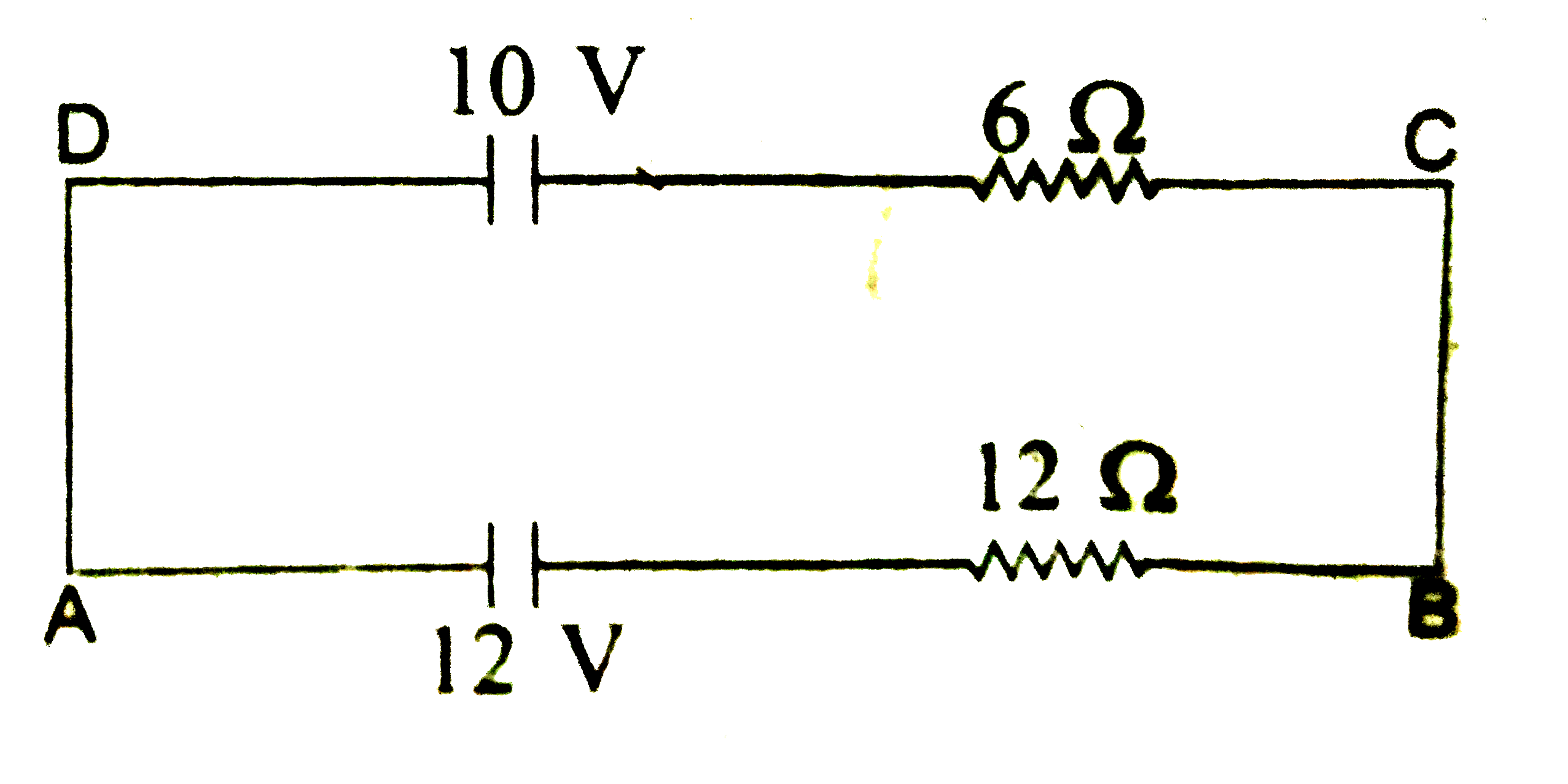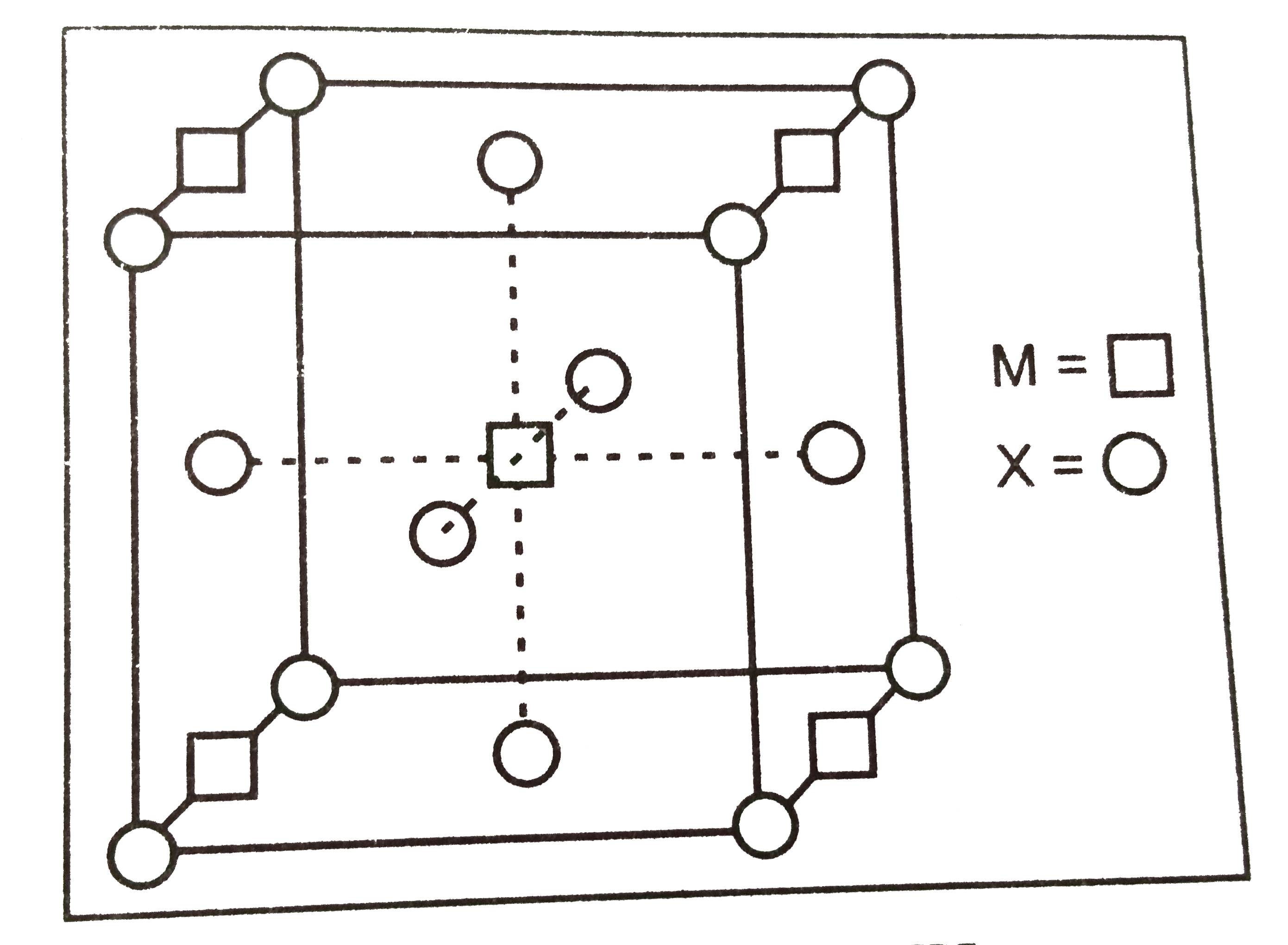In this question below is given a passage followed by several inferences. you have to examine each inference seperately in the context of the passage and decide upon its degree of truth or falsity. Mark your answr as :
(a) If the inference is definitely true i.e. it direclty follows from the facts given in the passage
(b) if the inference is probably true though out definitely true in the light of the facts given
(c] If you think the data are inadequate from the facts given you can not say whether the inference is likely to be true or false .
(d) If you think the inference is probably false though out definitely false in the light of the facts given
(e) If you think the inference is definitely false i.e. it contradicts the given facts
Our country needs about nine to ten percent of yearly increase in power capacity . That means from the present 86000 MW we have today. We require an additional 8000 to 10000 MW every year. The private industries or foreigners may contribute by 100 Mw to 2000 MW. so basically 90 percent of the capacity addition will have to be done by public sector companies. But Government can not continously give money for this. This means that the tariff has to be regulated to generate money , not baed on the cost of 25 years a go . If this happens optional utilization of power will take place. It will not be wasted.
The public sector enterprises in power generation have done a commendable job.
(d) Probably false
Topper's Solved these Questions
Similar Questions
In each of the following questions , two statement numbered I and II are given. There may be cause and effect relationship between the two statements. These two statements may be the effect of the same cause or independent clause. These statements may be independent causes without having any relationship. Read both the statements in each question and mark your answer accordingly.
Give answer (a) If statement I is the cause and statement II is its effect.
Give answer (b) If statement II is the cause and statement I is its effect.
Give answer [c] If both the statement I and II are independent cause.
Give answer (d) If both the statements I and II are effects of independent cause.
Give answer (e) If both the statement I and II are effects of some common cause.
I. The local traders association urged all its members to close down their shops for a day to protest against the government's new tax policy.
II. Many shopkeepers decided to close down their shops for the day and gave a day off to their employees.
View SolutionIn given question, three statements are given followed by four conclusions numbered I, II, II, and IV. You have to take the given statements to be true even if they seem to be at variance with commonly known facts and then decide which of the given conclusions logically follows from the given statements disregarding commonly known facts.
Statements: All buildings are rains. All papers are buildings. All dogs are papers.
Conclusions:I All dogs are rains.
II. Some papers are rains.
III. Some rains are buildings.
IV. Some rains are papers.
(a) Only I and II follow
(b) Only II and III follow
(c) Only I,II, and III follow
(d) All follow
(e) None of these
View Solutionपरिवर्ती ऑक्सीकरण अवस्थाओं से क्या तातपर्य है? इसे संक्रमण तत्वों के सन्दर्भ में समझाइए ।
View Solutionदिए गए परिपथ में प्रत्येक शाखा में धारा का मान ज्ञात करे ? ।

View Solutionदिए गये विघुत परिपथ की सहायता से ज्ञात कीजिए
- (i) परिपथ में धारा , तथा
(ii) बिन्दु A तथा B के बीच विभवान्तर ।

View Solutionकारण सहित बताइए की धारामापी अपने वास्तविक रूप में धारा नापने के लिए क्यों प्रयुक्त नहीं होता है?
View Solutionएक भिन्न इस प्रकार है कि यदि इसके अंश को 3 से गुणा किया जाए और हर से 3 घटाया जाए तो यह 1811 बन जाती है परन्तु यदि इसके अंश में 8 की वृद्धि की जाए तथा हर को दोगुना कर दिया जाए तो यह 25
View Solutionयदि एक भिन्न के अंश में इसका हर जोड़ दिया जाए और हर में से अंश घटा दिया जाए तो भिन्न 113 बन जाती है । भिन्न ज्ञात कौजिए यदि इसका अंश, हर से 3 कम है।
View SolutionA और B की आय में 9:7 का अनुपात और उनके खच्चों का अनुपात 4:3 है। यदि इनमें से प्रत्येक 4000 प्रति माई बचता है तो इनमे प्रत्येक की मासिक आय ज्ञात कीजिए । यदि प्रत्येक बुजुर्ग व्यकितयों के कार्यो में लगी सस्था में अपनी आय का 9% है तो इनमे प्रत्येक की परिणामी बचत ज्ञात कीजिए । यह कार्य दर्शाता है ।
View Solutionरेखिक समीकरणो के युग्मो में से कौन - से युग्म सगत / असगत है यदि सगत है तो ग्राफ़िय विधि से हल ज्ञात कीजिए।
x+y=5, 2x+2y=10
View Solutionरेखिक समीकरणो के युग्मो में से कौन - से युग्म सगत / असगत है यदि सगत है तो ग्राफ़िय विधि से हल ज्ञात कीजिए।
x−y=8 3x−3y=16
View Solutionरेखिक समीकरणो के युग्मो में से कौन - से युग्म सगत / असगत है यदि सगत है तो ग्राफ़िय विधि से हल ज्ञात कीजिए।
2x+y−6=0, 4x−2y−4=0
View Solutionरेखिक समीकरणो के युग्मो में से कौन - से युग्म सगत / असगत है यदि सगत है तो ग्राफ़िय विधि से हल ज्ञात कीजिए।
2x−2y−2=0 4x−4y−5=0
View Solutionएक रेखिक समीकरण दी गई है । दो चरो में एक ऐसी और रेखिक समीकरण लिखिए ताकि प्राप्त युग्म का ज्यामितीय निरूपण जैसा कि:
(i)प्रतिच्छेद करती रेखाए हो।
(ii) समान्तर रेखाए हो।
(iii) सम्पती रेखाए हो|
View Solutionयदि रेखिक समीकरणों का कोई युग्म सगत है ,तो इसके आलेख की रेखाए होगी :
View Solutionएक यौगिक MpXq में X की घनीय संवृत संकुलन (ccp) व्यवस्था है । इसकी इकाई सेल नीचे दी गई है । यौगिक का मुलानुपाती सूत्र है ।

View Solution